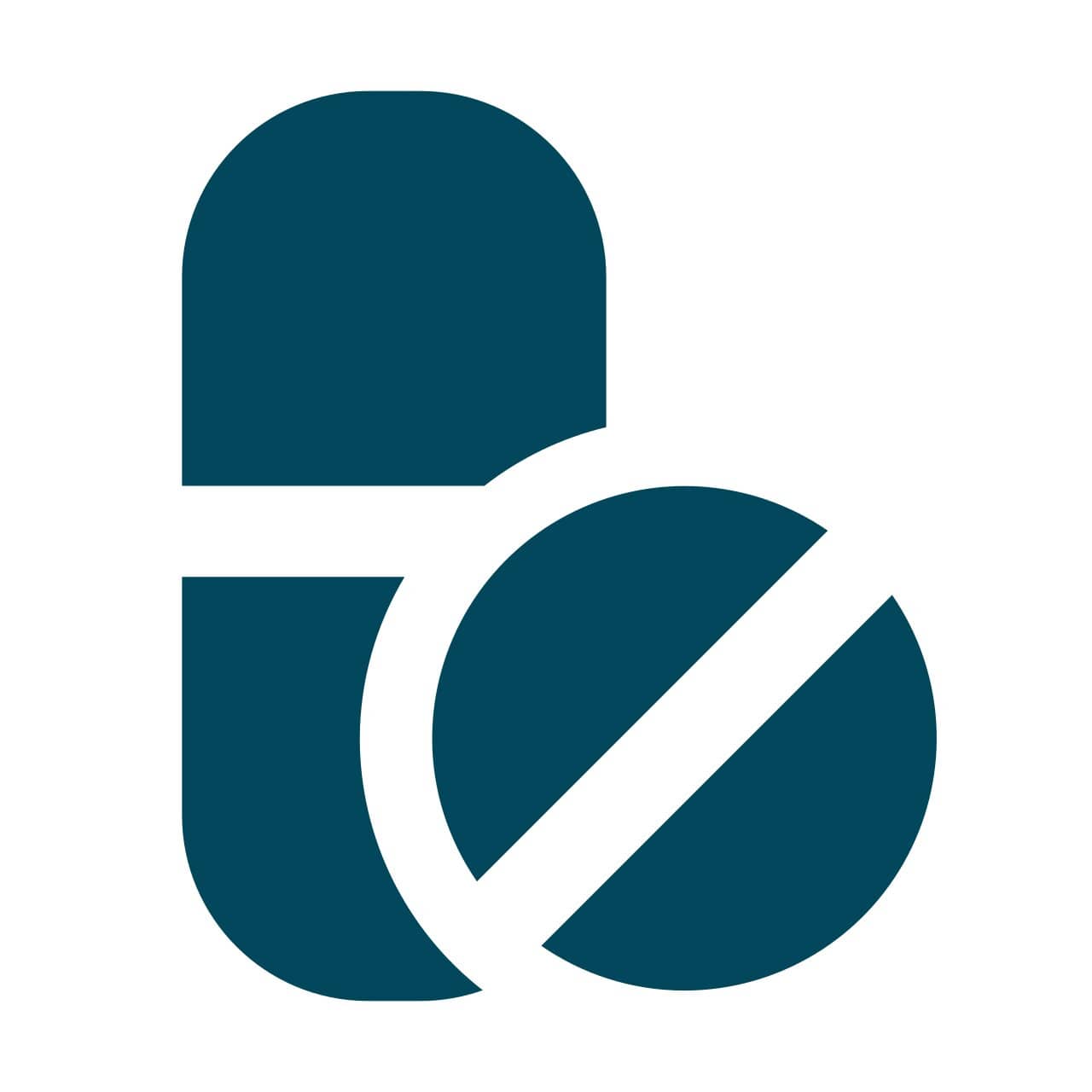Norfloxacin
About Norfloxacin
Norfloxacin belongs to the group of quinolone antibiotics, used to treat bacterial infections caused by susceptible bacteria. It is indicated in the treatment of urinary tract infections, prostatitis (prostate inflammation), and gonorrhoea (a sexually transmitted disease). Additionally, Norfloxacin is used to treat infections of the stomach and intestine, such as traveller’s diarrhoea.
Norfloxacin contains Norfloxacin, which works by inhibiting the bacterial enzyme DNA gyrase, thereby preventing bacterial DNA replication and leading to the death of the bacteria. Norfloxacin has broad-spectrum antibacterial activity against both gram-positive and gram-negative aerobic bacteria, making it effective for treating various bacterial infections.
Take Norfloxacin as prescribed. In some cases, Norfloxacin may cause common side effects such as abdominal cramps, nausea, diarrhoea, heartburn, headache, and dizziness. Most of these side effects do not require medical attention and will resolve gradually over time. However, you are advised to talk to your doctor if the side effects persist or worsen.
Before taking Norfloxacin, inform your doctor if you are allergic to any of its ingredients or other fluoroquinolone antibiotics. Also, let your doctor know if you experience pain in tendons, swelling, or inflammation, as Norfloxacin is associated with an increased risk of tendon rupture and tendonitis; this risk is higher in patients older than 60 years, in people taking steroids, or who have had a kidney, heart, or lung transplant. Norfloxacin may cause dizziness and light-headedness, so drive only if you are alert. Avoid alcohol consumption while taking Norfloxacin as it may cause increased dizziness.
Uses of Norfloxacin
• Urinary Tract Infections (UTIs): Norfloxacin is an antibiotic used to treat complicated and uncomplicated urinary tract infections (UTIs) caused by certain bacteria.
• Gastrointestinal Infections: Norfloxacin can be used to treat infections of the stomach and intestine, such as traveller's diarrhoea.
• Prostatitis: Norfloxacin is also indicated for the treatment of prostatitis, an inflammation of the prostate gland often caused by bacterial infection.
• Gynecological Infections: Norfloxacin treats certain bacterial gynecological infections, especially those affecting the lower reproductive system, such as cervical and urethral gonorrhea caused by the bacteria Neisseria gonorrhoeae.
Medicinal Benefits
Norfloxacin belongs to the group of medicines called quinolone antibiotics, used to treat bacterial infections of the urinary tract, prostate, and gonorrhoea (a sexually transmitted disease). Additionally, Norfloxacin is also used to treat traveller’s diarrhoea. Norfloxacin is bactericidal in nature. It works by inhibiting the synthesis of bacterial DNA gyrase, thereby preventing the bacteria from repairing and multiplying, and ultimately killing them and treating infections. Norfloxacin is a broad-spectrum antibiotic effective against a wide range of gram-positive and gram-negative bacteria.
Directions for Use
- Norfloxacin should be taken at least 1 hour before or 2 hours after a meal.
- It is usually taken twice daily or as prescribed by your doctor.
- Swallow Norfloxacin as a whole with a glass of water.
- Do not crush, chew, break, or open it.
Storage
Side Effects of Norfloxacin
- Nausea
- Heartburn
- Headache
- Dizziness
- Abdominal cramps
Drug Warnings
Do not take Norfloxacin if you are allergic to any of its ingredients or if you have experienced swelling or tendon tearing while taking quinolone antibiotics. Norfloxacin is associated with an increased risk of tendonitis and tendon rupture in all age groups; this risk is higher in patients over 60 years old, those taking corticosteroids, or those who have had kidney, heart, or lung transplants. Consult your doctor immediately if you experience tendon pain, swelling, or inflammation while taking Norfloxacin. Do not take Norfloxacin if you have myasthenia gravis, as it may cause increased muscle weakness. Talk to your doctor if you have epilepsy, low potassium levels, nervous or muscle disorders, head injury or brain tumour, diabetes, rheumatoid arthritis, or heart, kidney, or liver problems. Consult your doctor if you are pregnant, planning to become pregnant, or breastfeeding before taking Norfloxacin. Avoid alcohol consumption while taking Norfloxacin, as it may increase dizziness. Norfloxacin may cause dizziness and vision problems, so avoid driving or operating machinery until you are fully alert.
Drug Interactions
Drug-Drug Interactions: Norfloxacin may interact with pain killers (aspirin, ibuprofen), blood thinners (warfarin), anti-gout drugs (probenecid), antibiotics (azithromycin, sulfamethoxazole, trimethoprim, metronidazole, nitrofurantoin, erythromycin), and calcium supplements (calcium/vitamin D).
Drug-Food Interactions: Avoid dairy products such as milk and yoghurt while taking Norfloxacin, as they might decrease the effectiveness of Norfloxacin. Avoid consuming caffeine products along with Norfloxacin, as it might increase the effects of caffeine.
Drug-Disease Interactions: Inform your doctor if you have colitis (inflammation in the lining of the colon), tendonitis (inflammation in tendons), central nervous system (CNS) disorders, myasthenia gravis (neuromuscular disease), peripheral neuropathy (nerve pain), crystalluria (cloudy urine), diabetes, or kidney, liver or heart problems.
Drug-Drug Interactions Checker List:
Safety Advice

Alcohol
unsafeAvoid consuming alcohol while taking Norfloxacin, as it may cause increased dizziness.

Pregnancy
cautionNorfloxacin belongs to pregnancy category C. Please consult your doctor if you are pregnant or planning to become pregnant. Your doctor will prescribe Norfloxacin only if the benefits outweigh the risks.

Breast Feeding
cautionIt is unknown if Norfloxacin passes into breastmilk. Consult your doctor if you are breastfeeding before taking Norfloxacin.

Driving
unsafeNorfloxacin may cause dizziness and light-headedness. So, drive only if you are alert.

Liver
cautionDose adjustment may be needed. Please consult your doctor if you have liver impairment/liver disease.

Kidney
cautionDose adjustment may be needed. Please consult your doctor if you have kidney impairment/kidney disease.

Children
unsafeNorfloxacin is not recommended for children below 18 years, as its safety and effectiveness have not been established in this age group.
Habit Forming
Diet & Lifestyle Advise
- Antibiotics can alter the beneficial bacteria in the stomach, which help in digestion. Therefore, you are advised to take foods rich in probiotics, such as yoghurt/curd, kefir, sauerkraut, tempeh, kimchi, miso, kombucha, buttermilk, natto and cheese.
- Eat fibre-rich food like whole grains, beans, lentils, berries, broccoli, peas, and bananas.
- Avoid foods rich in calcium, such as dairy products, and grapefruit and grapefruit juice, as they may hinder the absorption of antibiotics.
- Avoid consumption of alcohol and usage of tobacco.
Special Advise
- Norfloxacin may cause changes in liver function tests and prothrombin time (time taken for blood clotting). Inform the person doing the tests that you are taking Norfloxacin.
Patients Concern
Disease/Condition Glossary
Bacterial infections: A bacterial infection is a condition in which harmful bacteria enter, multiply, and infect the body. These harmful bacteria produce chemicals known as toxins, which can damage tissue and make you sick. It can target any body part and multiply very quickly. Symptoms include fever, chills, and fatigue. Anyone can become infected with a bacterial infection. But people with a weak immune system or taking immunosuppressive medicines are more prone to bacterial infection.
Traveller’s diarrhoea: It is a digestive tract disorder that commonly occurs due to the consumption of contaminated food and water that the body is not familiar with. Symptoms include gas, bloating, abdominal cramps, nausea, vomiting, and loose stools.
FAQs
Norfloxacin is used to treat bacterial infections caused by susceptible bacteria. It is indicated in the treatment of urinary tract infections‚ prostatitis (prostate inflammation), and gonorrhoea (a sexually transmitted disease). Additionally, Norfloxacin is used to treat infections of the stomach and intestine, such as traveller's diarrhoea.
Norfloxacin contains Norfloxacin, which works by inhibiting the synthesis of an enzyme called DNA gyrase. Thereby, it kills the bacteria and treats bacterial infections.
Norfloxacin may cause photosensitivity (sensitivity to sunlight) and increase your risk of sunburn. Avoid prolonged exposure to sunlight or tanning beds. Always wear protective clothing and sunscreen with an SPF of 30 or higher before going outdoors.
It is recommended to complete the course of Norfloxacin, even if you feel better, as it is an antibiotic, and leaving it incomplete may lead to a more severe infection. To treat your condition effectually, continue taking Norfloxacin for as long as your doctor has prescribed it.
Avoid consuming dairy products, such as milk and yoghurt, along with Norfloxacin, as they may decrease the effectiveness of Norfloxacin.
Do not take Norfloxacin on your own, as self-medication may lead to antibiotic resistance, in which antibiotics fail to act against specific bacterial infections.
Maintain a minimum gap of two hours between Norfloxacin and antacids, anti-ulcer medications (such as sucralfate), anti-HIV medications (like didanosine), and vitamin and mineral supplements. However, consult your doctor before taking other medicines with Norfloxacin.
Consult your doctor before taking Norfloxacin if you have diabetes, as Norfloxacin may cause hypoglycaemia (low blood sugar levels). Regularly monitor blood sugar levels while taking Norfloxacin to avoid hypoglycaemic events.
Norfloxacin may cause changes in liver function tests and prothrombin time (time taken for blood clotting). Inform the person doing the tests that you are taking Norfloxacin.
If you start feeling better, do not stop taking the medicine on your own. Instead, please inform your doctor about your progress and follow their advice. Completing the entire course of therapy is crucial to ensure the infection is fully treated and does not return. Your doctor will guide you on the next steps, so be sure to check in with them.
Common side effects of Norfloxacin may include abdominal cramps, nausea, headache, and dizziness. Most of these side effects do not require medical attention and will resolve gradually. However, you are advised to talk to your doctor if the side effects persist or worsen.



